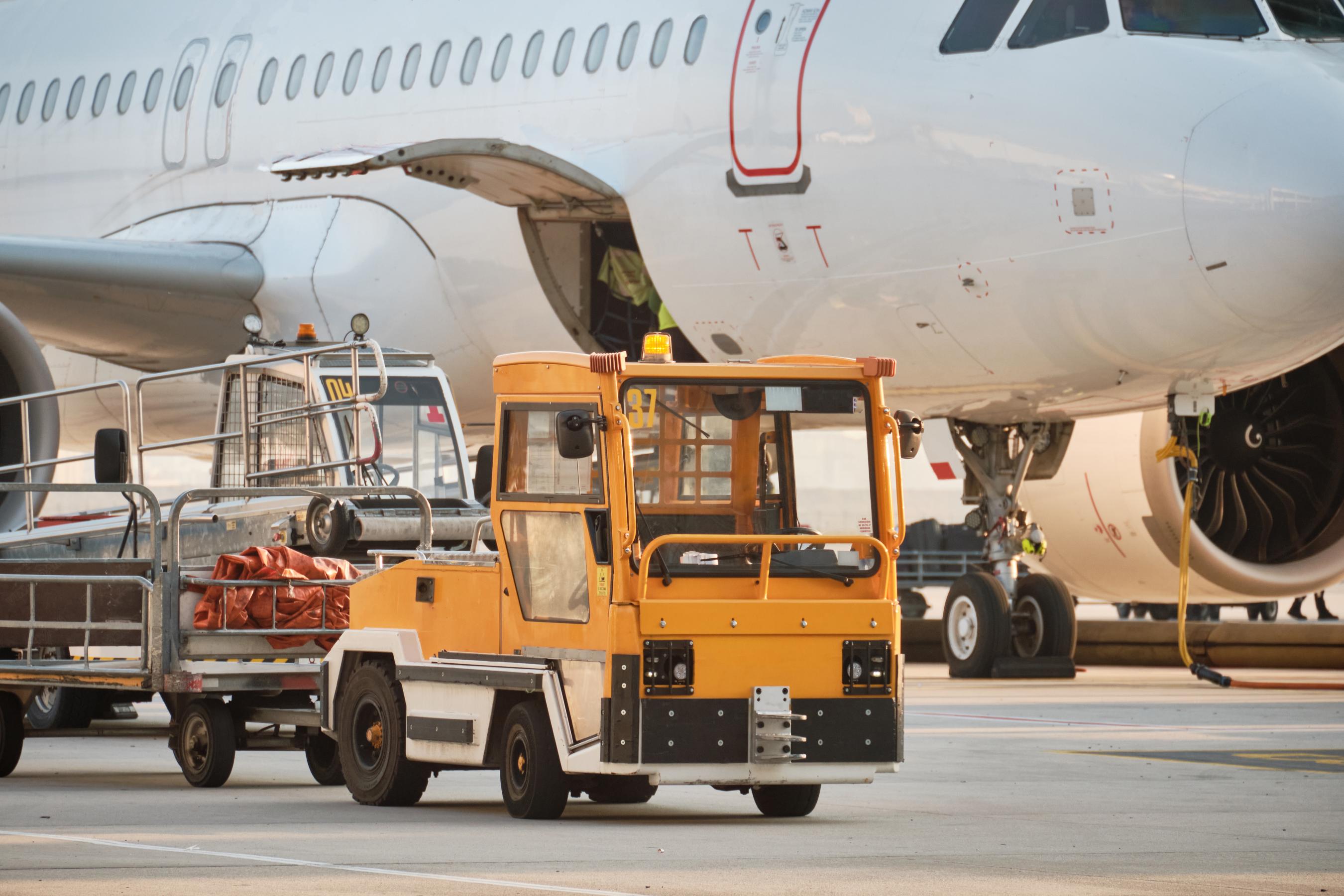Air cargo is like the fast lane for global trade, moving stuff like important vaccines and new gadgets around the world super quickly. Now that online shopping needs things delivered fast and supply chains need to be strong, it’s really important for businesses to know about the different kinds of air cargo. In 2025, when the economy is changing and there’s a lot of cargo, picking the right type helps keep your stuff safe and saves you money and time. Let’s look at the main types of air cargo, what they need, and why they matter, using what’s going on in the market now to help you make good choices.

The Basics of Air Cargo Types
Air cargo is mostly split into two groups: regular cargo, which is for everyday shipments, and special cargo, which is for things that need extra care. Aviation rules make these groups to keep things safe and running smoothly. Regular cargo is good for normal products, but special cargo is for things that can spoil easily or are dangerous.
This split makes things easier at airports because workers have the right tools and training to handle risks. In 2025, when air cargo demand grew a lot in March, knowing these types lets shippers deal with limited space and use new routes to their advantage.
| Cargo Type | Description | Handling Requirements | Examples | Why It Matters in 2025 Logistics |
| General Cargo | Standard, non-perishable goods shipped without special precautions. | Basic packaging in pallets or containers; minimal security. | Electronics, apparel, machinery. | Avoids surcharges amid 4.4% demand growth. |
| Perishables | Temperature-sensitive items at risk of spoilage. | Refrigerated units (reefers) with constant monitoring. | Fresh produce, flowers, seafood. | Prevents waste in time-critical supply chains. |
| Pharmaceuticals & Valuables | High-value or sensitive items needing protection from theft or degradation. | Armored containers, GPS tracking, and climate control. | Vaccines, jewelry, prototypes. | Ensures integrity for healthcare; vital for just-in-time amid regional trade shifts. |
| Live Animals | Living creatures requiring welfare during transit. | Ventilated kennels, feeding stations, and vet checks. | Pets, livestock, lab animals. | Complies with animal welfare laws; key for biosecurity in global exports. |
| Human Remains | Dignified transport of deceased individuals. | Sealed caskets, embalming, and cultural protocols. | Repatriations for families. | Upholds ethical standards; minimizes delays in sensitive repatriation routes. |
| Dangerous Goods | Hazardous materials posing risks if mishandled. | Certified packaging, spill-proof designs, and declarations. | Chemicals, batteries, lithium-ion. | Mitigates safety risks; aligns with 2025 emissions regulations for air travel. |
| Oversized/Fragile | Large or delicate items vulnerable to damage. | Reinforced crates, vibration dampening, and ramp loading. | Aerospace parts, artworks. | Enables niche industries; supports manufacturing diversification in Asia-Pacific. |
General Cargo: Your Everyday Shipping Workhorse
Think of general cargo as the stuff that gets shipped all the time – things that don’t spoil and aren’t dangerous, so they don’t need any fussy treatment. This includes things people buy a lot, like electronics, clothes, and machine parts. Usually, they’re packed on pallets or in containers, so they’re easy to load onto planes.
Characteristics of general cargo highlight its versatility:
- It comes in standard boxes that meet airline rules, which means things move fast at the airport.
- You can ship a lot of it on popular routes, like within Asia, where it makes up most of the cargo.
- It’s cheap and not very expensive. It costs around $2.50 to $4.00 per kilogram to ship across the Pacific.
General cargo is a winner for online shopping because speed is everything. Since Asia’s gonna be a big player in the market, this type of cargo is super important for the region’s factories getting their goods to stores on time.

Special Cargo: Handle with Care!
Special cargo needs extra attention because it can be risky or delicate. It’s split into groups and has to follow rules like the Dangerous Goods Regulations, or the Perishable Cargo Regulations. This means keeping things cold or using tougher containers.
Here are some examples:
- Perishables: Things like fruits, flowers, and seafood that need to stay cold so they don’t go bad. This is super important when shipping stuff that has to get there in a day or two.
- Medicine and Expensive Objects: Things like vaccines that need to stay at certain temperatures or fancy jewellery that needs to be locked up tight. They’re watched closely, so they don’t spoil or get stolen.
- Live Animals: Pets or farm animals travel in special crates with air vents, following animal welfare rules to keep them from getting stressed during the flight.
- Deceased and Hazardous Materials: Treating the dead with respect or shipping stuff like chemicals and batteries safely means using trained people and leak-proof packaging.
- Big or Breakable Goods: Things like airplane parts or artwork are packed in crates that can handle bumps and loaded onto planes using special ramps.
These variants account for 20 to 30 percent of air cargo by value, underscoring their premium positioning in high-stakes sectors like healthcare and aerospace.
Why Do Air Cargo Types Matter Today?
Getting these differences matters. If you mess up what type of cargo you have, and how to handle it, you can end up spending more money because of delays or damage. Do things right, and you can save money and be more efficient.
Here’s why it’s important:
- Saving Money: General cargo helps you skip extra costs like fees. However, paying extra for special handling of perishables, like keeping them cold, is worth it because it keeps them from spoiling. This is important as online shopping continues to grow because people want things delivered fast.
- Following the Rules: Sticking to the rules for each type of cargo helps you avoid fines.
- Keeping the Supply Chain Strong: Special cargo allows for quick delivery of things like medicine, which helps prevent shortages when things go wrong.
- Being Eco-Friendly: Sorting cargo helps planes carry more stuff per flight, which cuts down on pollution.
- Staying Competitive: For places like Southeast Asia, knowing what kind of cargo you have helps with niche exports.
In the end, knowing your cargo helps protect supply chains from problems.
Current Figures and Trends in Air Cargo to 2025
The air cargo industry comes into late 2025 with continued strength, worth USD 319.4 billion in 2024 and set for a 4.9 percent compound annual rate to reach USD 492.7 billion by 2033. March volumes increased 4.4 percent year-on-year.
The data shows that the industry is getting better, and classifying cargo will be key.
Conclusion
Knowing about air cargo types helps businesses take advantage of aviation while dealing with tricky stuff. It makes sure goods arrive quickly and perfectly. Those who focus on correct classification will be the leaders in building fast, sustainable supply chains. So, it turns logistics into a real edge, helping businesses reach global success.




